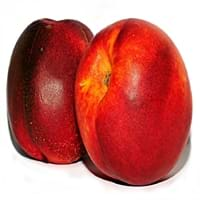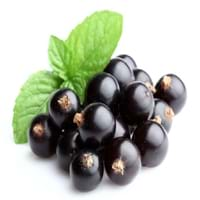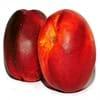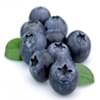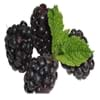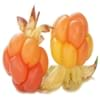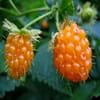Health Benefits
Cancer prevention, Heart care
Arthritis treatment, Cures gastro-intestinal troubles, Diarrhea treatment, Gout treatment, Heart care, Kidney stone treatment, Liver health, Muscle pain relief, Treatment of alzheimer's disease
General Benefits
Anti oxidant properties, Boosts immune system, Digestive aid, Eye care, Helps in weight loss, Maintains healthy cholesterol level
Anti oxidant properties, Anti-inflammatory properties, Boosts immune system, Cures fever, Eye care, Fights against infections, Improves blood circulation, Improves eye vision, Maintains healthy cholesterol level, Treatment of common cold
Skin Benefits
Anti-aging benefits, Reduces wrinkles, Skin rejuvenation
Anti-aging benefits, Brightens and lightens complexion, Skin cleansing, Treatment of dark spots, Treatment of skin diseases
Hair Benefits
Protects hair
Acts as moisturizer, Prevents hair loss, Promotes longer and healthier hair, Protects hair, Rejuvenates scalp, Remedy for split ends
Allergy Symptoms
Anaphylaxis, Asthma, Breathing difficulty, Diarrhea, Hives, Itching, Itchy eyes, Skin rash, Sneezing, Swelling of mouth, tongue or lips, Tingling sensation in mouth, Vomiting, Watery eyes, Wheezing
Abdominal pains, Asthma, Conjunctivitis, Eczema, Itching, Nasal polyps, Runny nose, Skin rash, Swelling
Side Effects
Allergic reaction, Headache, Nausea
Diarrhoea, Nausea, Vomiting, Might cause change of urine color
Best Time to Eat
Best if taken as a breakfast (or empty stomach), As a snack in the late afternoon, Eat the fresh ones, avoid mixing with any other foods, don't eat after meal., Morning time (before lunch)
Best if taken as a breakfast (or empty stomach), As a snack in the late afternoon, Don't consume at night and before bed, Eat the fresh ones, avoid mixing with any other foods, don't eat after meal., Morning time (before lunch)
Vitamin B5 (Pantothenic Acid)
Vitamin B9 (Folic acid)
Not Available
Vitamin C (Ascorbic Acid)
Vitamin K (Phyllochinone)
Not Available
Lutein+Zeaxanthin
Not Available
Calories in Fresh Fruit with Peel
Calories in Fresh Fruit without Peel
Not Available
Not Available
Calories in Frozen Form
Not Available
Not Available
Calories in Canned Form
Not Available
Not Available
Season
Autumn, Summer
Summer
Varieties
Arctic Jay, Artic Rose, Artic Star, Armking, Desert Dawn, Fairlane, Fantasia, Silver Lode, Snow Queen, Stanwick and Stark Sunglo
Ben Sarek, Ben Lomond, Ben Hope, Ben Connan, Ben Avon, Ben Gairn, Ben Dorain, Ben Hope, Ben Sarek, Ben Tirran, Big Ben, Ebony, Foxendown, Titania and Ben Alder
Color
Orange, Pink, Red, Yellow
Black
Origin
China
Asia, Europe
Soil Type
Sandy loam
Sandy loam, Well-drained
Climatic Conditions
Sunny, Warm
Cold, Moist
Facts about
- The name ‘nectarine’ is with reference to the sweet food the gods eat, ‘nectar’.
- Nectarines are sometimes called ‘shaved peaches’ because their skin is smooth with no fuzz.
- The life of black currant plant is 20-30 years.
- Oil extracted from black currant seeds is used in production of skin care products.
- Black currant berries are major source of food for the birds.
Spirits
Not Available
Yes
Cocktails
Yes
Not Available
Top Producer
China
Russia
Other Countries
Argentina, Chile, Egypt, Greece, Iran, Italy, Spain, Turkey, United States of America
New Zealand, Poland, United Kingdom, United States of America
Top Importer
Germany
Not Available
Top Exporter
Spain
Not Available
Botanical Name
Prunus persica
Ribes nigrum
Synonym
Not Available
R. nigrum forma chlorocarpum or R. nigrum var. chlorocarpum or R. nigrum var. sibiricum or R. cyathiforme or R. olidum
Subkingdom
Tracheobionta
Tracheobionta
Division
Magnoliophyta
Magnoliophyta
Class
Magnoliopsida
Magnoliopsida
Order
Rosales
Saxifragales
Family
Rosaceae
Grossulariaceae
Species
P. persica
R. nigrum
Generic Group
Rose
Saxifrage
